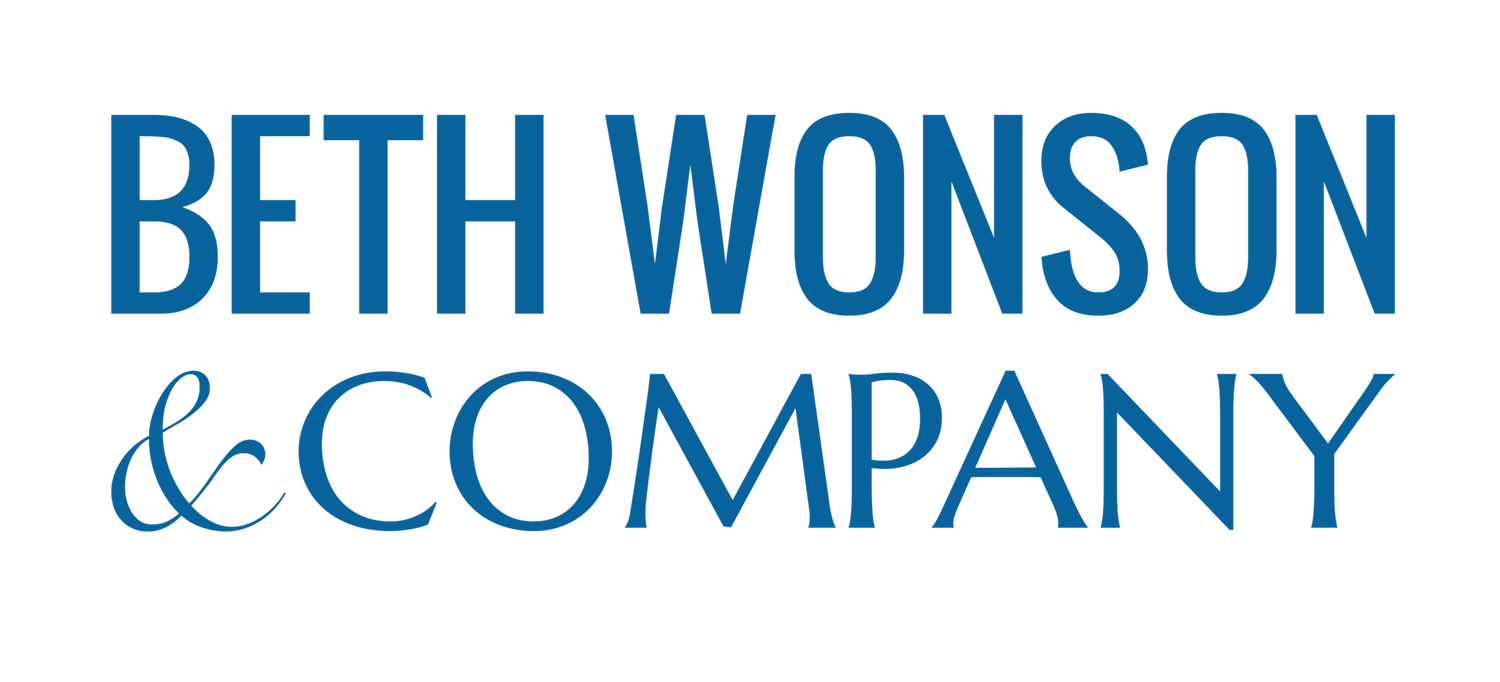Toxic Positivity
“Hi Beth. Can you help us create a workplace culture?”
This is a question I often get.
And here’s the answer: No one can.
Workplace culture already exists. It is made up of how employees treat each other in terms of willingness to be honest and kind in communication, willingness to hold themself and each other accountable, the behavioral norms we agree to, and the ability to have healthy conflict.
What I Can Do
I can help you assess the temperament of the existing culture and then, if necessary, guide you to regain balance.
Imagine a playground teeter totter – and not the new ones that have guards on them so they won’t smack on the ground, but the old fashioned ones where if one side was too heavy it could bottom out and kids would fall off.
Instead of kids on each side, imagine a teeter totter where one side is holding “toxic positivity” and the other side is “toxic negativity”.
What is Toxic Positivity?
Toxic positivity exists in an environment where people are so concerned with everyone being happy and no one having hurt feelings that instead of giving feedback, behaviors are ignored. Workarounds are created so that people who are underperforming or not being accountable aren’t “upset”. Some may feel resentful that they do more than their share of work or are always correcting others' mistakes. Leadership doesn’t give feedback regularly. Performance reviews are perfunctory and not valued.
As a result, some employees skate along, year after year, never improving.
When valued employees leave a culture of toxic positivity, they usually attribute their departure to overwhelm, exhaustion, and an inability to focus on their own work because they have to do the work of others.
What is Toxic Negativity?
Toxic negativity exists when there is a great deal of drama. When some people walk on eggshells to avoid setting off angry and negative coworkers. When people take business decisions personally and hold grudges.
Toxic negativity is evident when rumors are shared freely but never openly discussed in order to identify the facts and dispel misinformation. There is usually one or more key people whose outbursts, negative communication, stress, or anger impacts everyone but because they are perceived to be highly valuable, they are allowed to behave that way.
When valued employees leave a culture of toxic negativity, they usually make statements like they don’t feel recognized for their work, they are tired of being treated badly, and they have tried to have conversations about the person who is most challenging, but nothing changes.
The Truth About Balance
The perfectly balanced teeter totter is void of both toxic negativity and toxic positivity, but this is a hard balance to maintain permanently.
Throughout the life of an organization, the teeter totter will shift slightly, but leadership can be quick to listen and correct it. What keeps it in balance is that expectations are clear and behavioral agreements are active and alive. They are transparent, communicated, shared, and revisited. Leadership, at all levels, values a culture of feedback and can engage without being defensive or dismissive.
The teeter totter can quickly dip one way or the other with valued employees falling off. Those who benefit from toxic positivity or negativity may be holding on and bringing the company down with them.
The environment has never been as ripe as it is right now for work culture instability. Factors like uncertainty, change, outside stress, fear of the future, high turnover, and difficulty recruiting new talent all impact the balance.
Is it time to assess and address your workplace culture?
Many companies are facing new challenges and shifting expectations right now. The clients I’ve helped with workplace culture assessments are now able to better navigate change and manage employee needs while staying on track with their organization’s goals.
If you’d like to learn more, signup for your free call right now. I’d appreciate the opportunity to help you and your team.
